For info on how to improve your restaurant customer satisfaction using Bloom, click on the banner below!
Delivering Exceptional Restaurant Customer Service
Providing excellent customer service is essential for success. Satisfied customers are more likely to become loyal patrons, leave positive reviews, and recommend your establishment to friends and family.
So, what are the keys to delivering exceptional restaurant customer service? Here are some proven strategies:
Start with a Friendly, Welcoming Atmosphere
The customer experience begins the moment guests walk through your doors. Make sure your front-of-house staff creates a warm, inviting ambiance from the start.
Greet customers with genuine smiles and a friendly, attentive demeanor. Promptly escort them to their table and ensure they feel valued and appreciated.
The physical environment also plays a big role in setting the tone. Keep your dining room clean, well-lit, and tastefully decorated. Background music should be at a comfortable volume, allowing customers to converse easily.
Small touches like fresh flowers or art on the walls can enhance the overall atmosphere.
Prioritize Quick, Efficient Service
Customers want their dining experience to be smooth and effortless. Ensure your staff is properly trained to provide prompt, attentive service.
Food and drinks should arrive at the table in a timely manner, without unnecessary delays. Keep a watchful eye on each table, anticipating needs before customers have to ask.
If an order takes longer than expected, proactively communicate the reason to the customer and offer a complimentary appetizer or drink to make up for the wait. Quick, efficient service goes a long way in keeping customers satisfied.
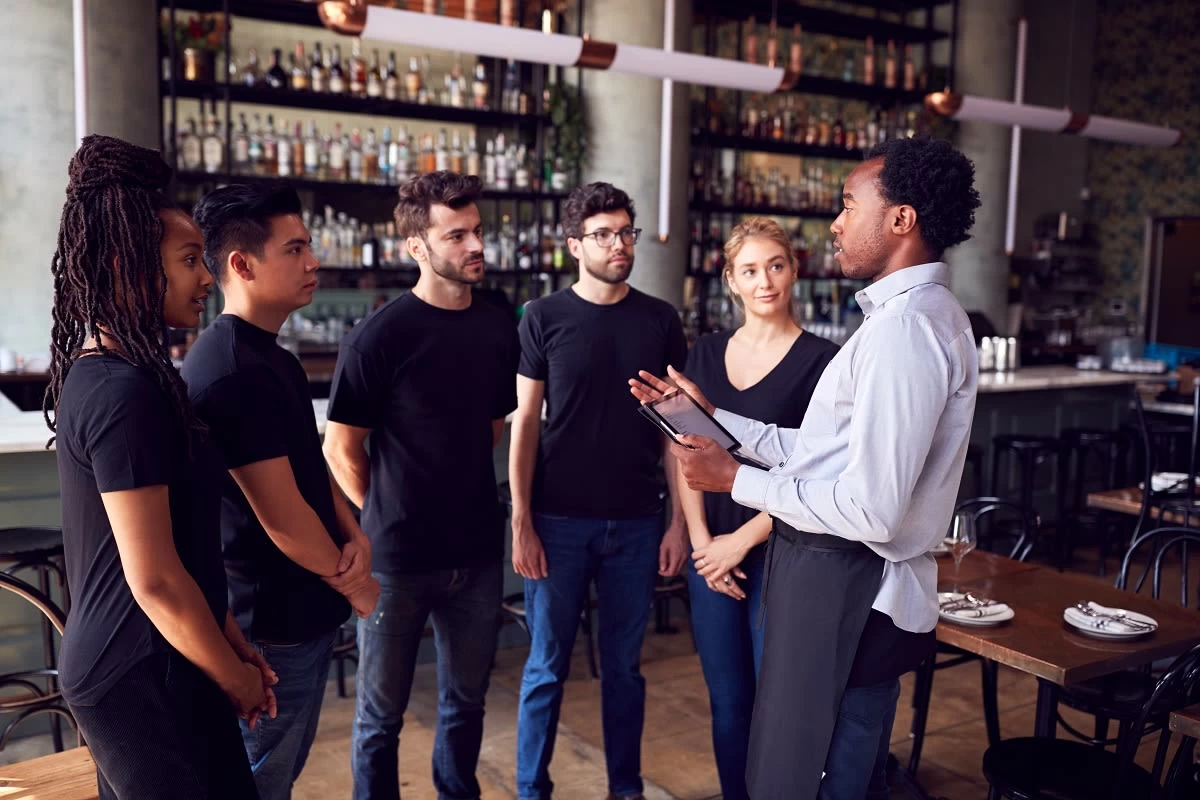
Anticipate and Meet Customers’ Needs
The best restaurant staff members are highly attuned to their customers’ needs and preferences. Train your team to observe body language, facial expressions, and other nonverbal cues that indicate how a customer is feeling.
Is their water glass getting low? Do they seem confused about the menu? Prompt action to address these needs, before the customer has to ask, demonstrates your commitment to their comfort and enjoyment.
Customize the service experience based on each customer’s preferences. Some may want frequent check-ins from the server, while others prefer to be left alone.
Pay attention to the little things that make a difference, like remembering a regular’s favorite drink or asking about dietary restrictions. Going the extra mile to personalize the service will make customers feel valued and appreciated.
Empower Staff to Resolve Issues Promptly
No matter how well-trained and attentive your staff is, issues and complaints can still arise. The key is to empower your team to resolve problems quickly and efficiently, without the customer having to escalate the situation.
Encourage staff to take ownership of any problems that occur during the dining experience. Give them the authority to offer complimentary items, discounts, or other gestures to make things right.
Prompt, empowered problem-solving demonstrates your commitment to customer satisfaction and can turn a negative situation into a positive one.
In the rare event that a staff member is unable to resolve an issue, ensure there is a clear process for elevating the problem to a manager or other decision-maker. Customers appreciate having their concerns addressed swiftly and professionally.
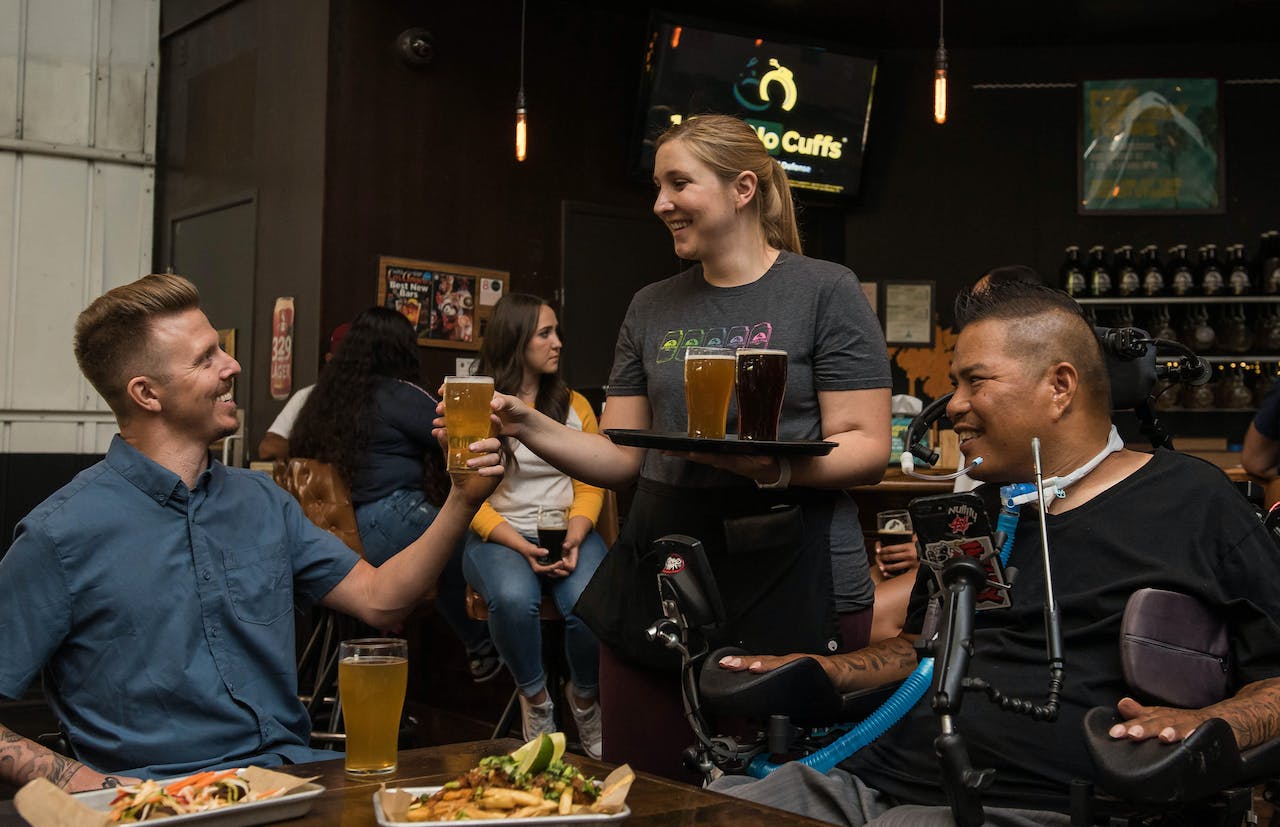
Foster a Culture of Exceptional Service
Providing great customer service should be a core part of your restaurant’s culture, embraced by every member of your team. Make it clear during the hiring process that a customer-centric attitude is a non-negotiable requirement. 3
Provide comprehensive training on service best practices and empower staff to go above and beyond for customers.
Recognize and reward employees who consistently deliver exceptional service. This could take the form of bonuses, public praise, or career advancement opportunities.
Modeling and reinforcing the behavior you want to see will inspire your team to maintain high service standards.
Additionally, solicit regular feedback from customers on their service experiences. Use this input to identify areas for improvement and ensure your team is meeting (or exceeding) customer expectations. Maintaining an open dialogue with patrons demonstrates your commitment to continuous service enhancement.
Ultimately, a restaurant’s success hinges on its ability to make customers feel valued, appreciated, and eager to return. By prioritizing exceptional service at every touchpoint, you’ll position your establishment for long-term growth and profitability.
Key Takeaways:
- Create a friendly, welcoming atmosphere from the moment customers walk through the door.
- Provide prompt, efficient service to keep the dining experience smooth and hassle-free.
- Anticipate and meet customers’ needs before they have to ask.
- Empower staff to resolve issues quickly and effectively.
- Foster a culture of exceptional customer service throughout your organization.
- Continuously solicit feedback and improve your service offerings.
Putting these strategies into practice will help you deliver an outstanding customer experience that keeps patrons coming back time and time again.



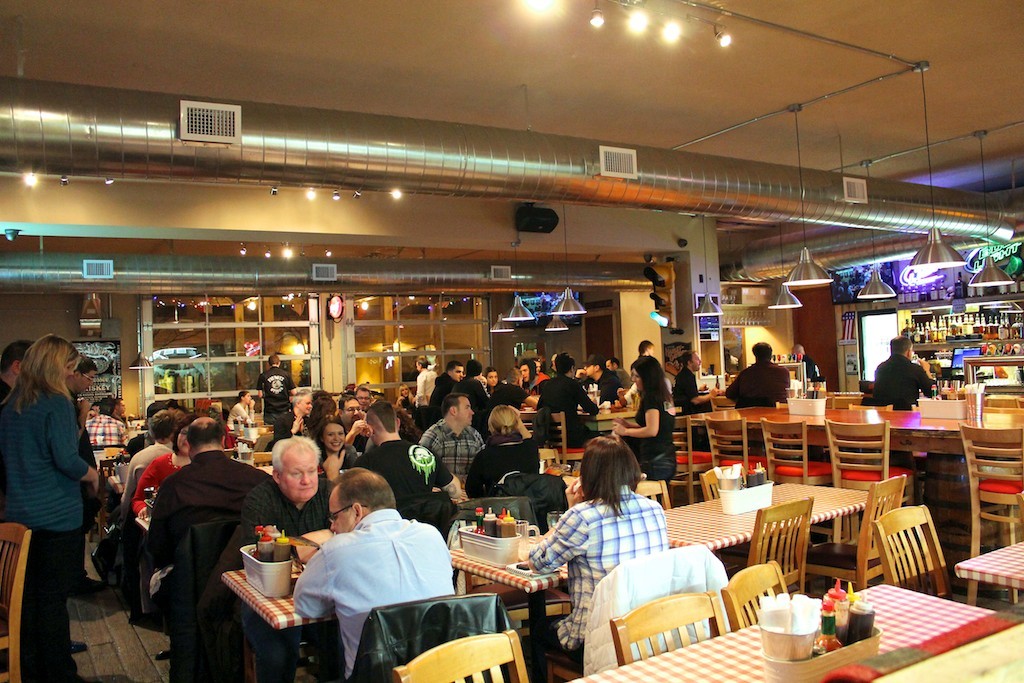

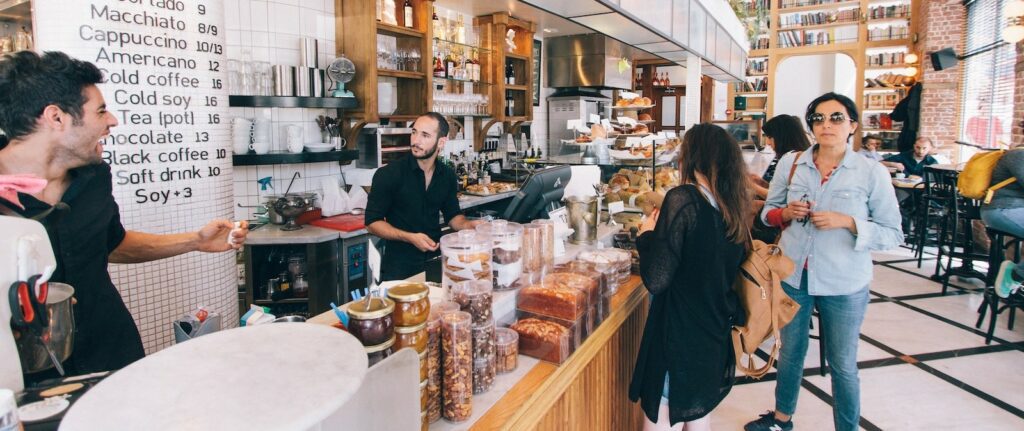
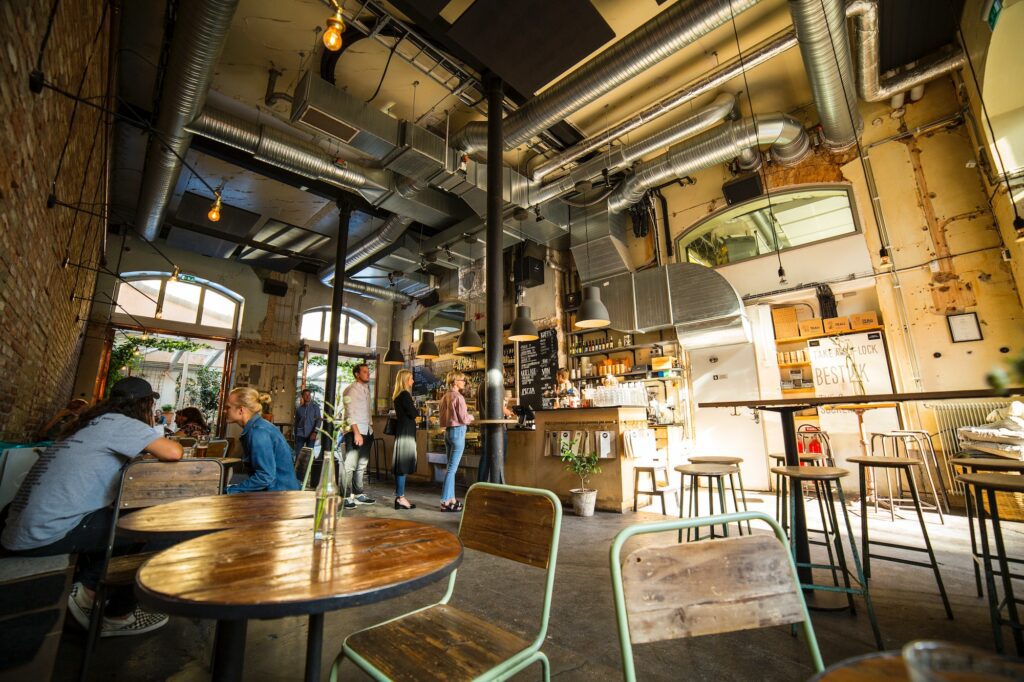



.svg)